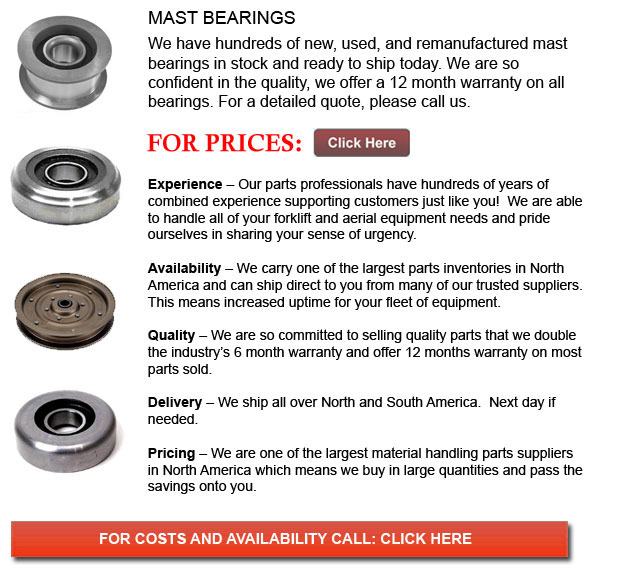
Mast Bearings - A bearing is a gadget which enables constrained relative motion among at least 2 components, usually in a linear or rotational sequence. They could be generally defined by the motions they allow, the directions of applied loads they can take and in accordance to their nature of utilization.
Plain bearings are very commonly used. They use surfaces in rubbing contact, often along with a lubricant like graphite or oil. Plain bearings may or may not be considered a discrete gadget. A plain bearing may have a planar surface which bears one more, and in this particular instance will be defined as not a discrete tool. It may comprise nothing more than the bearing exterior of a hole with a shaft passing through it. A semi-discrete example would be a layer of bearing metal fused to the substrate, whereas in the form of a separable sleeve, it will be a discrete tool. Maintaining the right lubrication allows plain bearings to provide acceptable accuracy and friction at minimal expense.
There are different types of bearings that can enhance reliability and accuracy and cultivate effectiveness. In many applications, a more suitable and exact bearing could improve weight size, operation speed and service intervals, thus lessening the overall costs of utilizing and purchasing equipment.
Bearings will differ in application, materials, shape and required lubrication. For instance, a rolling-element bearing will make use of drums or spheres between the parts in order to control friction. Reduced friction gives tighter tolerances and higher precision compared to plain bearings, and less wear extends machine accuracy.
Plain bearings can be constructed of metal or plastic, depending on the load or how corrosive or dirty the environment is. The lubricants which are utilized could have significant effects on the lifespan and friction on the bearing. For instance, a bearing may work without whatever lubricant if continuous lubrication is not an option for the reason that the lubricants can be a magnet for dirt which damages the bearings or tools. Or a lubricant may enhance bearing friction but in the food processing trade, it can need being lubricated by an inferior, yet food-safe lube so as to prevent food contamination and ensure health safety.
The majority of bearings in high-cycle uses require some cleaning and lubrication. They can need periodic modification in order to minimize the effects of wear. Several bearings may need occasional repairs to avoid premature failure, even if magnetic or fluid bearings could need little maintenance.
A clean and well lubricated bearing would help prolong the life of a bearing, on the other hand, several kinds of uses could make it more challenging to maintain consistent repairs. Conveyor rock crusher bearings for example, are normally exposed to abrasive particles. Frequent cleaning is of little use as the cleaning operation is expensive and the bearing becomes dirty over again as soon as the conveyor continues operation.
![]() Click to Download the pdf
Click to Download the pdf
Forklift Parts
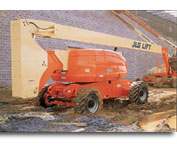
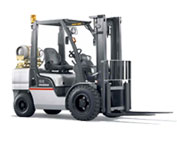
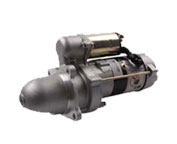
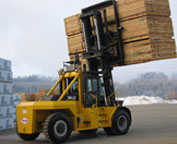
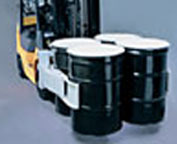
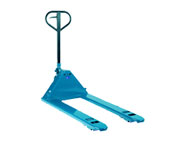
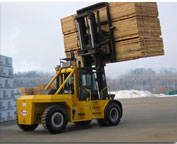
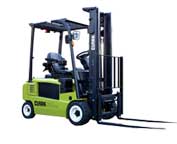
Lift Parts Express
TOLL FREE: 1-888-695-7994
Valdez, Alaska
forkliftpartsvaldez.com
Email Us
About Us


